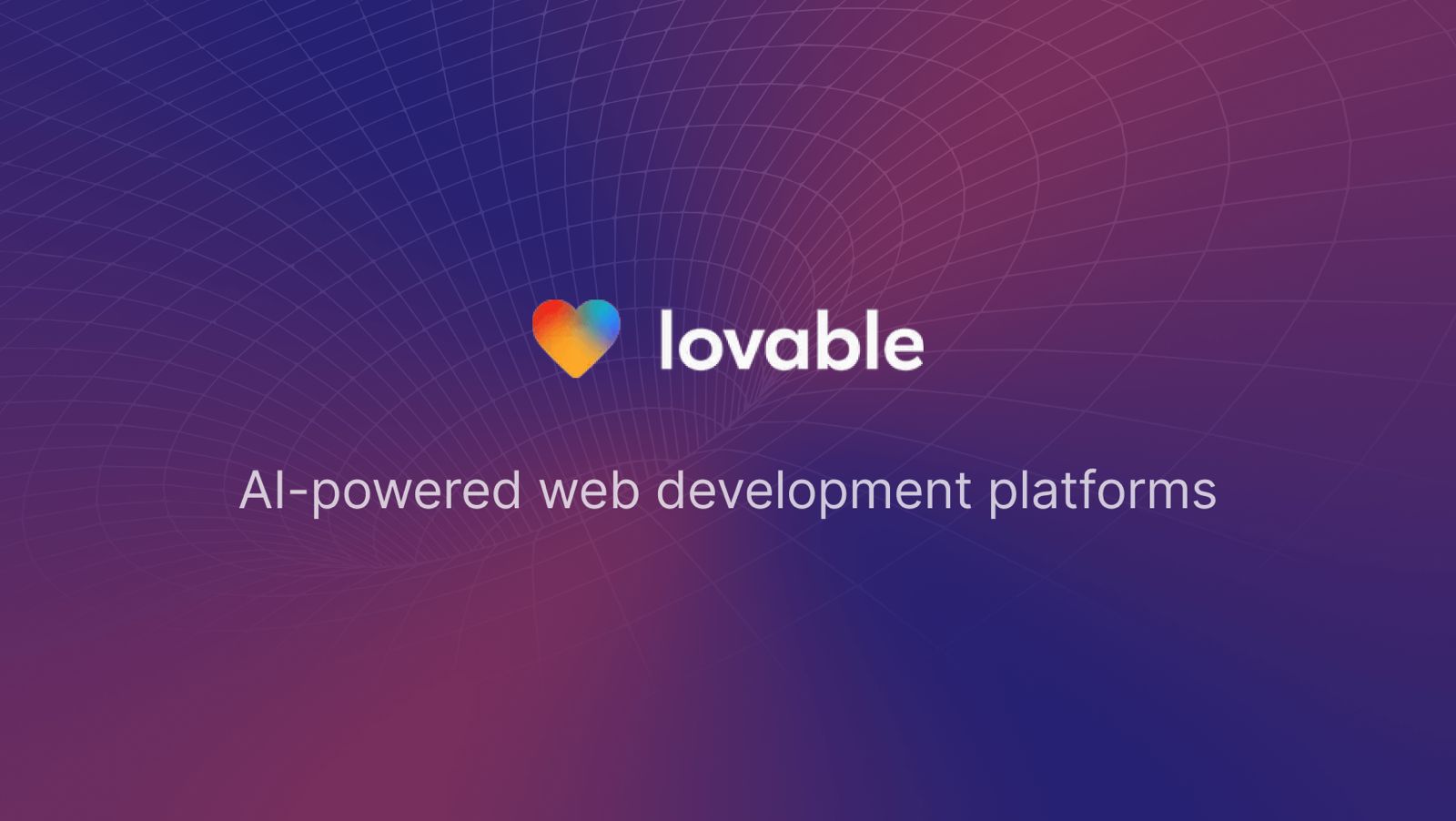 Image Source: Google Blog
Image Source: Google Blog
In a significant advancement for the digital advertising ecosystem, Google has announced that it is deploying cutting-edge large language model (LLM) AI technology to reduce invalid ad traffic by 40%. This breakthrough aims to protect advertisers’ budgets, improve campaign performance, and enhance user experience by preventing fraudulent, accidental, and disruptive ad interactions across Google’s vast platforms.
Key Highlights of Google’s AI-Powered Ad Fraud Defense
Google integrated over 50 enhancements to its LLM AI systems in 2024, improving the precision and speed of policy enforcement on its ad platforms.
The new AI tools analyze ad placements, suspicious user behavior, and app and web content to identify fraudulent or invalid traffic before ads reach consumers.
Pilot programs from December 2023 to October 2024 showed a 40% reduction in invalid traffic linked to deceptive or disruptive ads, especially those involving hidden, pop-up, or out-of-context ads violating Google’s placement policies.
Google combines AI models like Gemini with traditional backend machine learning and human review to ensure accuracy and fairness in blocking bad actors while supporting legitimate advertisers.
By cutting invalid traffic, advertisers see better returns on ad spend as fewer dollars are wasted on bots, fake clicks, or non-human interactions.
Over 5.1 billion policy-violating ads were blocked or removed in 2024, and more than 39.2 million advertiser accounts were suspended globally for misuse.
Google has adapted defenses to combat emerging threats like AI-generated scam ads impersonating public figures, permanently suspending over 700,000 offending accounts in 2024, reducing reports of such ads by 90%.
The company is continuously refining its AI technology to stay ahead of rapidly evolving fraud schemes that use sophisticated bots mimicking human behavior.
Combating the Complex Challenge of Invalid Traffic
Invalid traffic (IVT) includes clicks or impressions generated by bots, accidental user interactions, or fraudulent activities designed to manipulate ad metrics. IVT is a worldwide issue, with research showing global IVT rates around 18% on web platforms and 31% on mobile apps in early 2025. Such fraudulent activity not only wastes advertisers’ budgets but also damages publishers and the wider advertising ecosystem.
Google’s advanced AI models simulate human browsing behavior, navigating websites and apps to detect anomalies. The technology observes how ads render, whether buttons are visible, and user interaction patterns, flagging when ads force unwanted engagement or deceptively register impressions.
Benefits for Advertisers and Consumers Alike
Improved Budget Efficiency
Advertisers no longer pay for worthless bot clicks or accidental impressions, allowing reallocation of funds toward genuine customer acquisition.
Enhanced User Experience
Users face fewer intrusive or misleading ads, reducing frustration and improving trust in the ads ecosystem.
Support for Legitimate Publishers
By removing bad actors, more revenue flows to quality publishers, sustaining valuable online content providers.
Quicker Ad Approvals
AI-driven faster investigations and enforcement accelerate legitimate ad approvals, helping businesses launch campaigns efficiently.
Future Outlook and Industry Impact
As AI-powered fraud techniques become more sophisticated, Google’s proactive use of large language models positions it as an industry leader in ad fraud prevention. This rigorous approach enhances trust and transparency between advertisers, platforms, and users.
Google’s AI efforts complement its upcoming rollout of ads in AI Mode, a new product designed to further optimize ad personalization. Strengthening ad fraud defenses may alleviate some advertisers’ concerns around brand safety and data transparency, solidifying Google’s role as both the default ad buy platform and a benchmark for quality.
Conclusion
Google’s deployment of large language models has ushered in a new era in safeguarding digital advertising. By cutting invalid ad traffic by a significant 40%, accelerating policy enforcement, and defending against emerging AI scams, Google is reinforcing its commitment to a healthier, more trustworthy advertising environment that benefits marketers and consumers alike.
Sources: CMOTech, eMarketer, Adweek, Google Blog
Advertisement
Advertisement



